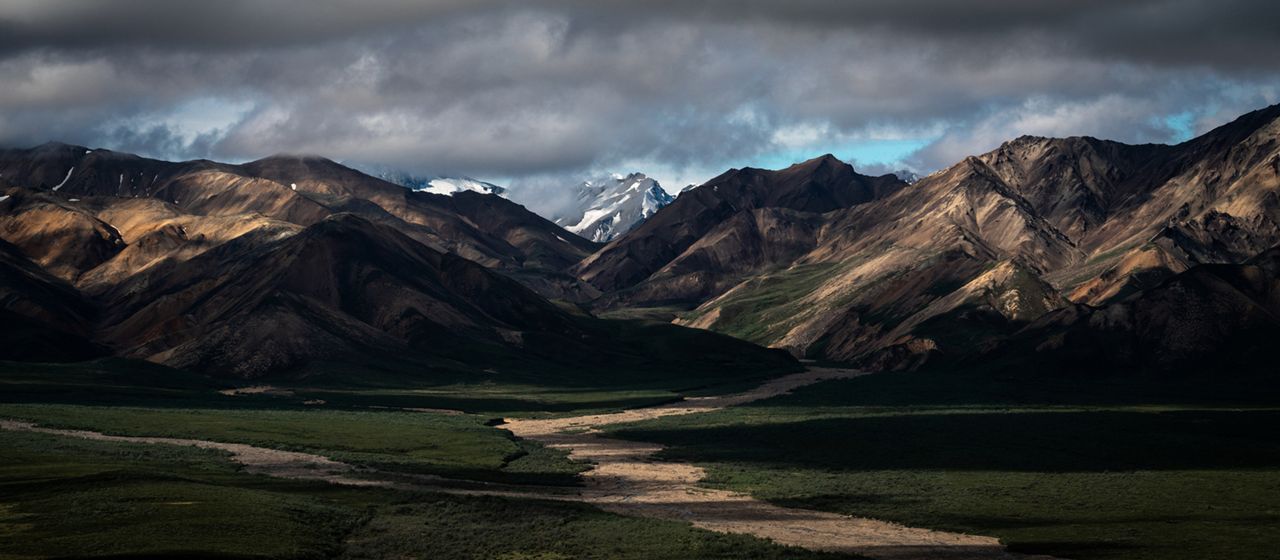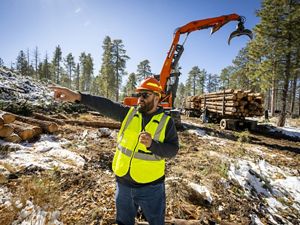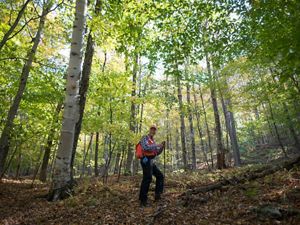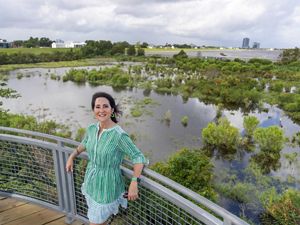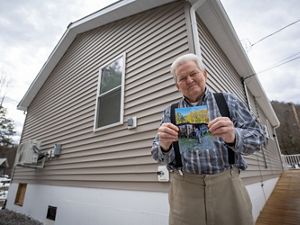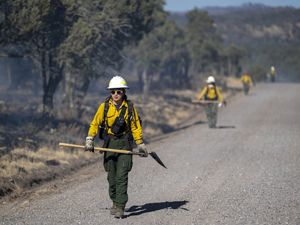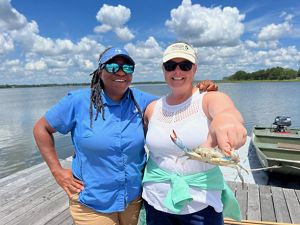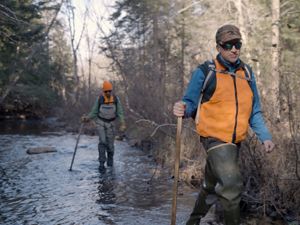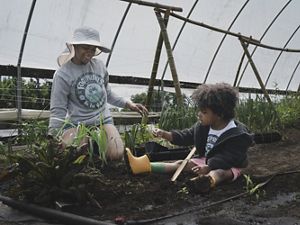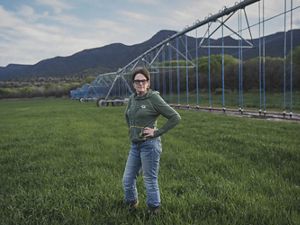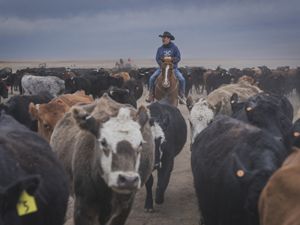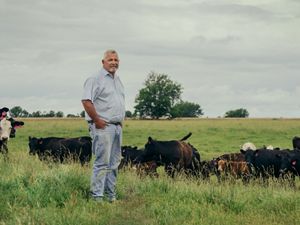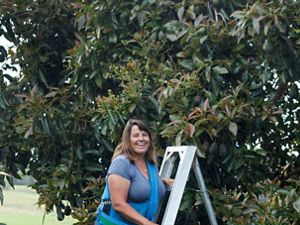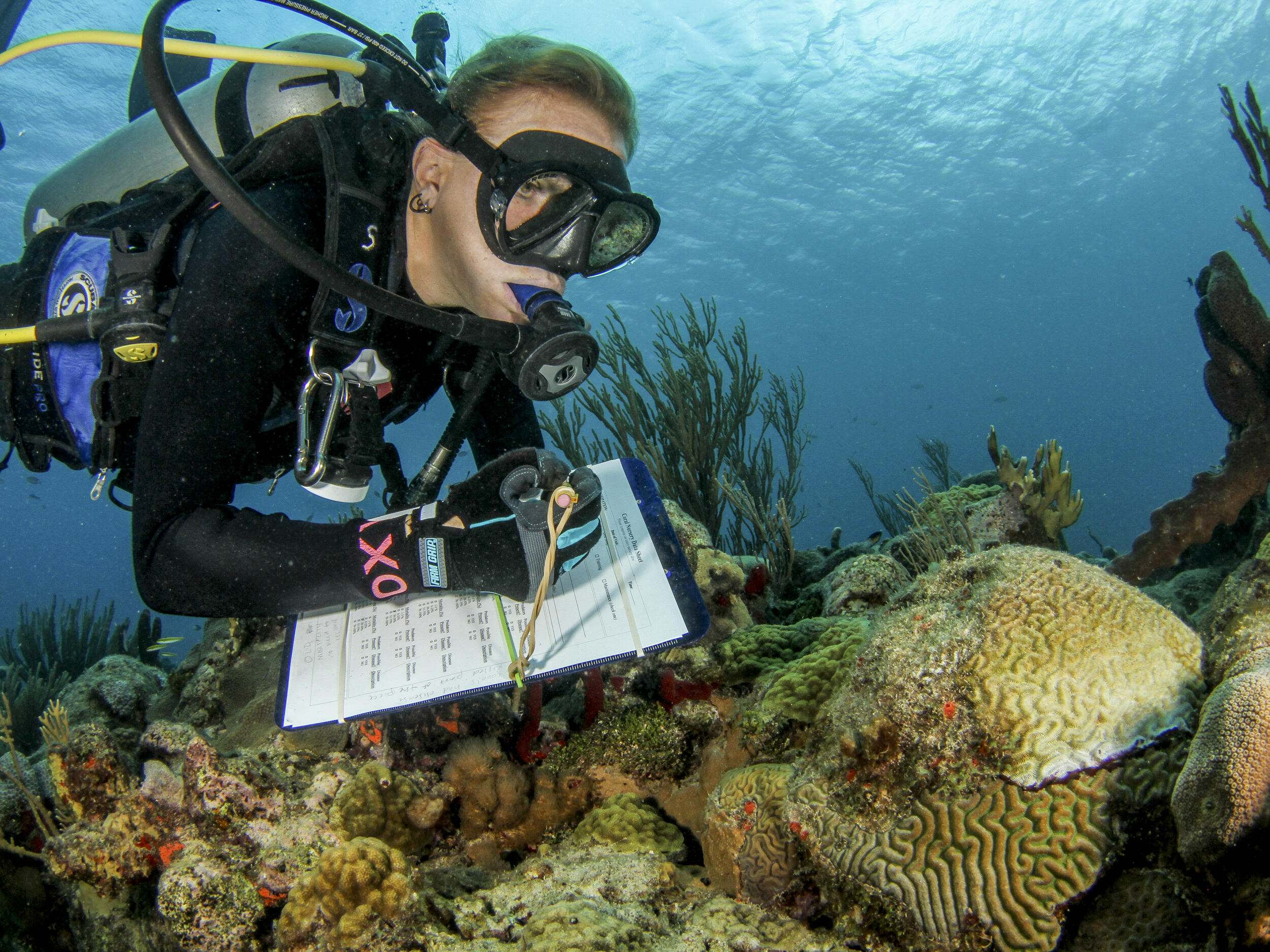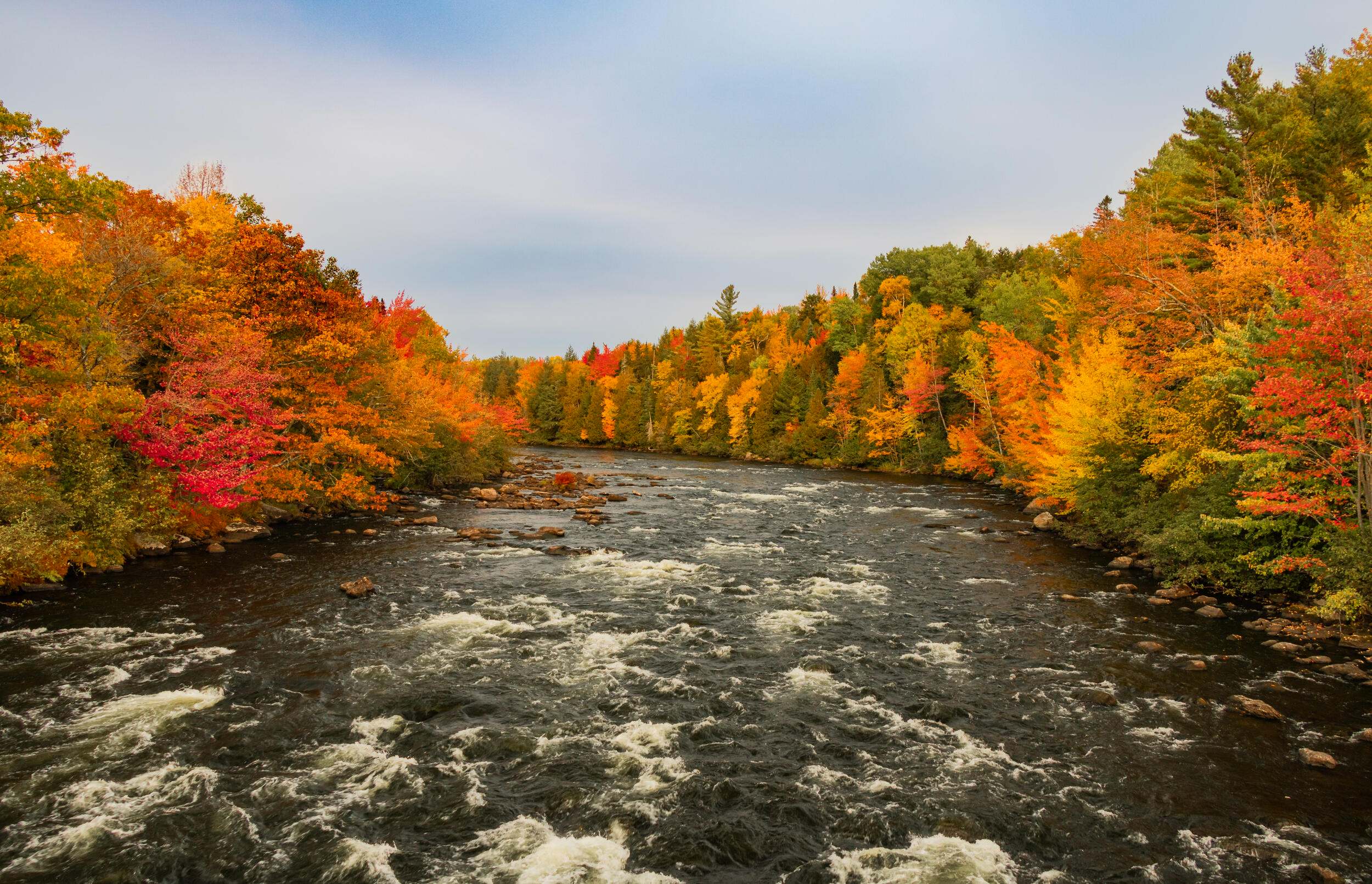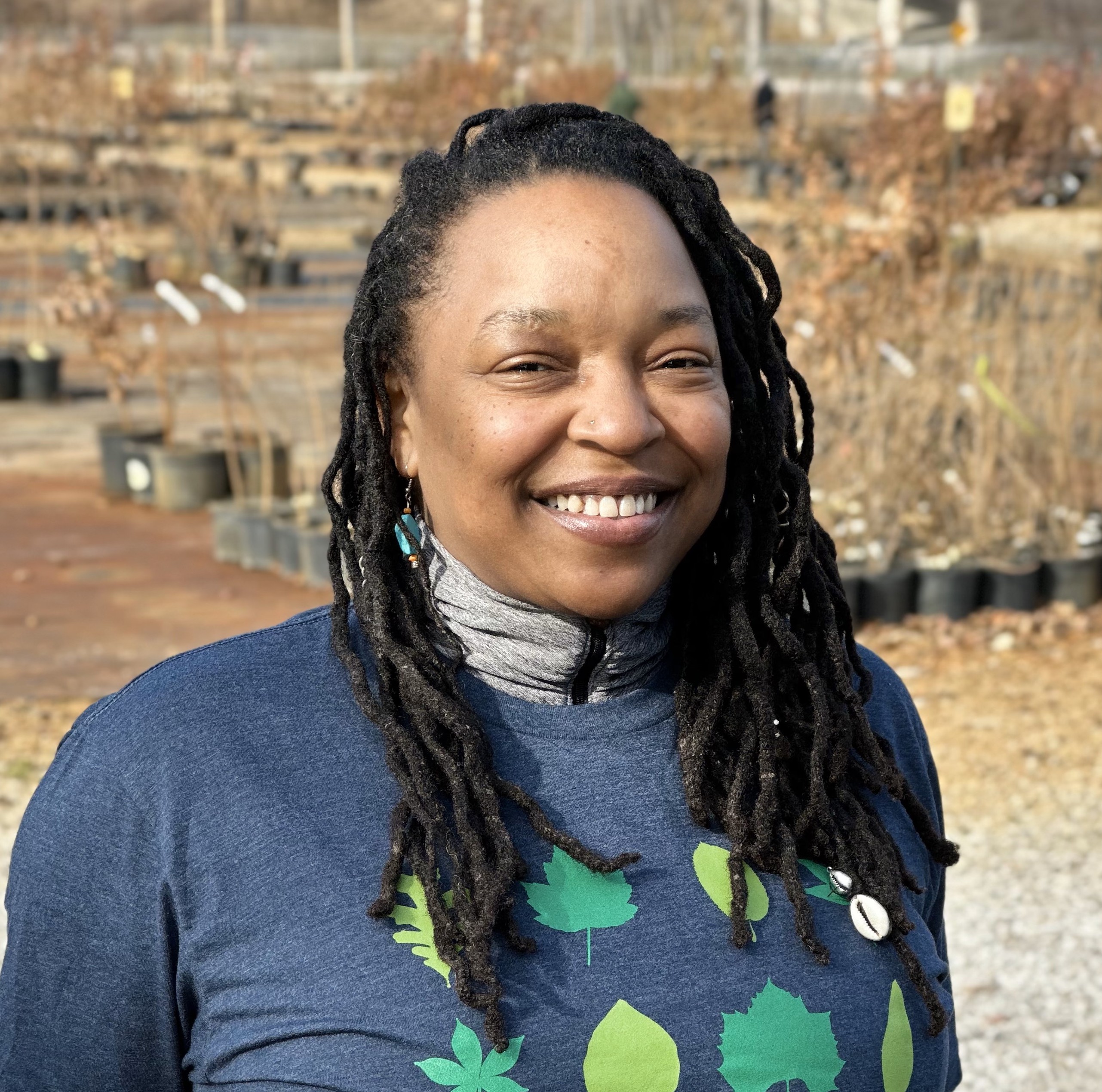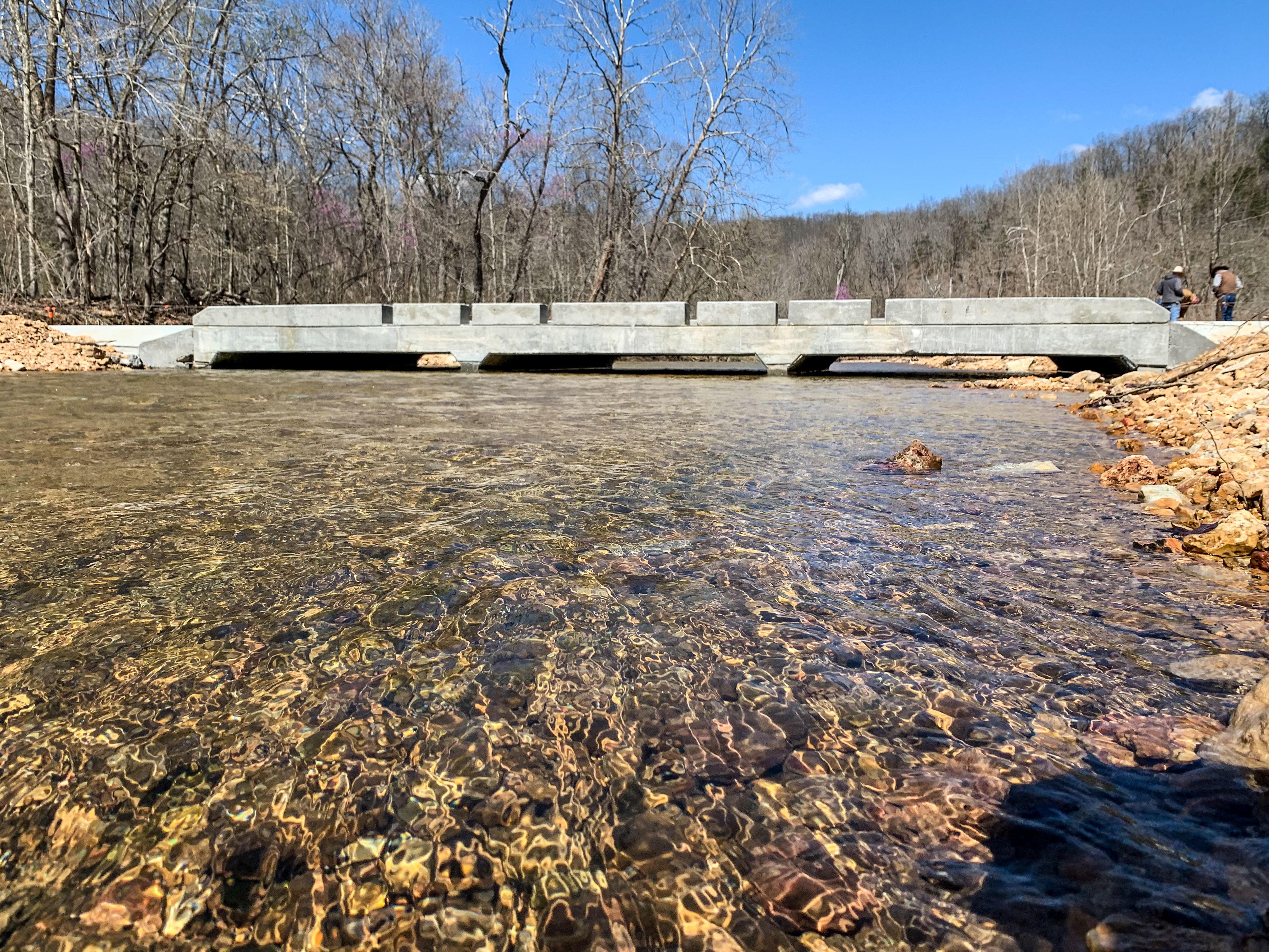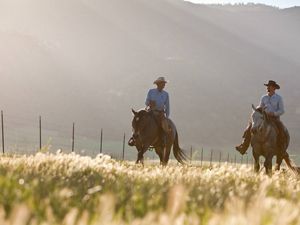The actions we take this decade will significantly influence our ability to slow the loss of plant and animal species and put us firmly on a path to limit warming to 1.5 degrees Celsius, the level scientists agree will avoid the worst impacts of climate change.
The decade got off to a great start. In the United States, we saw the passage of the federal Inflation Reduction Act, Infrastructure Investment and Jobs Act and the Great American Outdoors Act and dozens of state ballot initiatives that, collectively, provide hundreds of billions of dollars in investments and tax incentives to protect people and the planet.
TNC ensures U.S. conservation policy is implemented strategically by focusing on the people who benefit.
TNC actively works behind the scenes to ensure these policies are implemented with nature and people top of mind. We also partner with federal and state agencies to determine how to effectively and efficiently invest funding included in the legislation. Funding from the IRA and IIJA, for instance, already is being used to accelerate clean energy projects in Kentucky, support stream restoration projects in Maine and plant more trees in Pennsylvania.
We also jump into defense mode when it appears that conservation and climate policies are going to be scaled back. We do so, in part, by sharing stories about farmers, fishermen, forest landowners and the many other people who benefit from government policies.
Wins at all levels of government are meaningful. What is most important between now and the end of the decade is to keep the momentum going by continuing to help create, implement and defend policies that make conservation and climate action possible.
